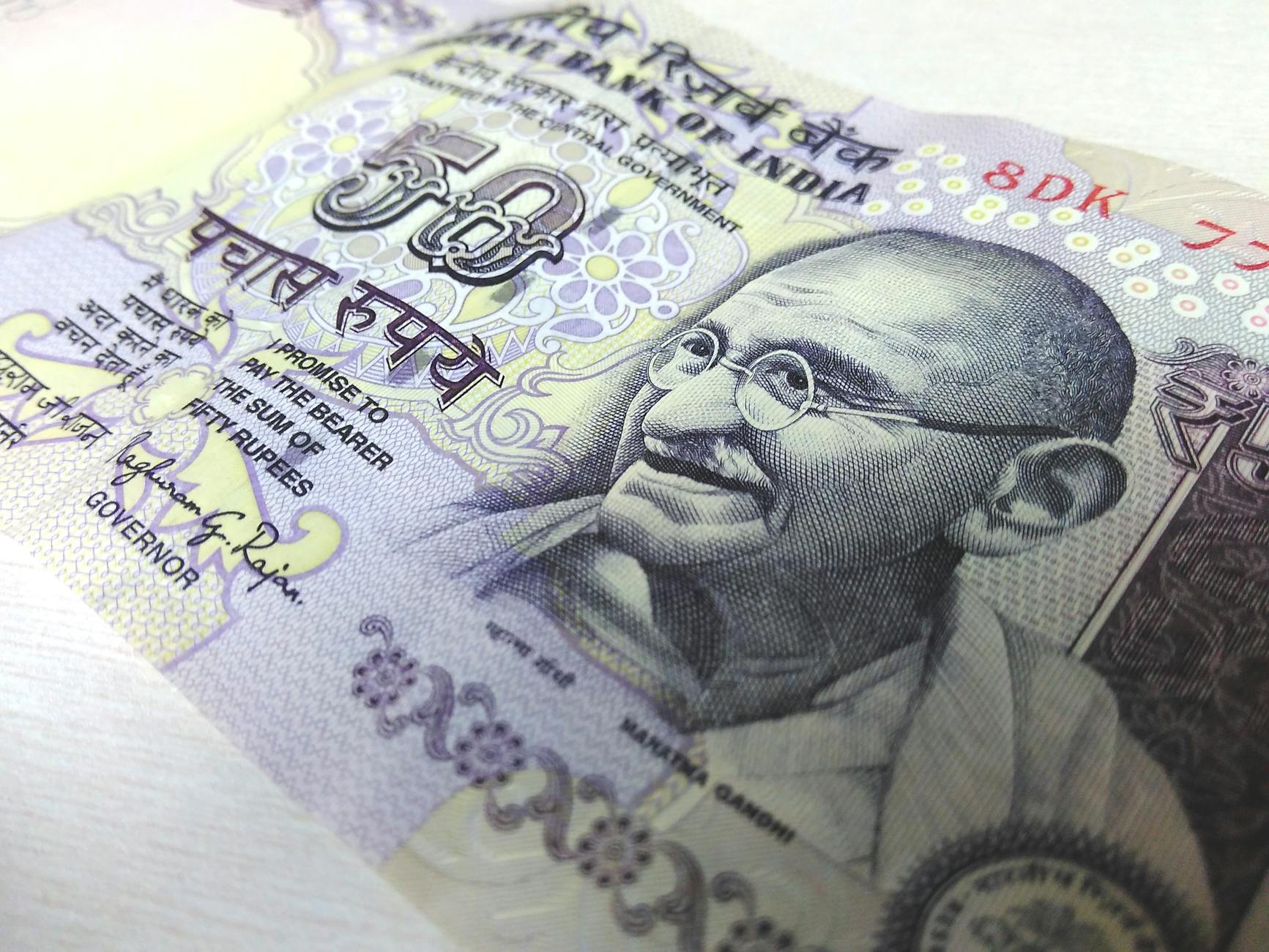Sending money to India
Sending Money To India a Complete Guide

How to Send Money to India: A Comprehensive Guide for Secure Transfers
Sending money to India is a common need for many individuals and businesses around the world. Whether you’re supporting family members, paying for services, or making investments, it’s crucial to understand the best methods for secure and efficient transfers. In this comprehensive guide, we’ll explore everything you need to know about sending money to India, including the best transfer methods, factors to consider, and step-by-step instructions for hassle-free transactions.
Best Methods for Sending Money to India
1. Bank Transfers
Bank transfers are a reliable and secure way to send money to India. You can initiate a transfer from your bank account to the recipient’s bank account, either domestically or internationally. While bank transfers are secure, they can be slower and may involve higher fees.
2. Online Money Transfer Services
Online money transfer services like Wise, Remitly, and PayPal offer a convenient and cost-effective way to send money to India. These services typically provide competitive exchange rates and lower fees compared to traditional banks. Plus, transfers can often be completed quickly, sometimes within minutes.

3. Mobile Payment Apps
Mobile payment apps such as Paytm, Google Pay, and PhonePe also offer a convenient option for sending money to India. These apps allow you to send money instantly to recipients who have the same app installed on their mobile device. While convenient, be aware of any limitations on the amount you can send and potential fees.
4. Cryptocurrency Transfers
Cryptocurrency transfers using Bitcoin, Ethereum, or other digital currencies offer a modern and decentralized method for sending money to India. While cryptocurrency transfers can be fast and low-cost, they come with the risk of price volatility and may not be suitable for larger transactions.
Factors to Consider When Sending Money to India
Before choosing a method for sending money to India, consider the following factors:
Exchange Rates
Compare exchange rates offered by different services to ensure you’re getting the best deal. Even small differences in exchange rates can impact the amount of money the recipient will receive.
Transfer Fees
Be aware of any transfer fees associated with the chosen method. Some services offer fee-free transfers for certain amounts or first-time users.
Transfer Speed
Consider how quickly you need the money to reach the recipient. Online services and mobile apps typically offer faster transfers than traditional bank wires.
Security
Ensure the security of your transfer by using reputable services that employ encryption and other security measures to protect your financial information.
Transfer Limits
Check for any limits on the amount you can send at one time or over a specific period. Choose a service that meets your transfer needs.
Step-by-Step Guide to Sending Money to India
- Choose a Transfer Method: Select the best method based on your priorities (cost, speed, security).
- Set Up an Account: Create an account with your chosen service provider and verify your identity.
- Enter Transfer Details: Input the recipient’s information and the amount you wish to send.
- Review and Confirm: Double-check all details before confirming the transfer.
- Track the Transfer: Monitor the progress of your transfer using the provided tracking information.
Conclusion
Sending money to India is easier than ever with a variety of secure and efficient transfer methods available. By understanding the best methods, considering important factors, and following the step-by-step guide, you can ensure a smooth and hassle-free transfer every time. Remember we are always here to help.
